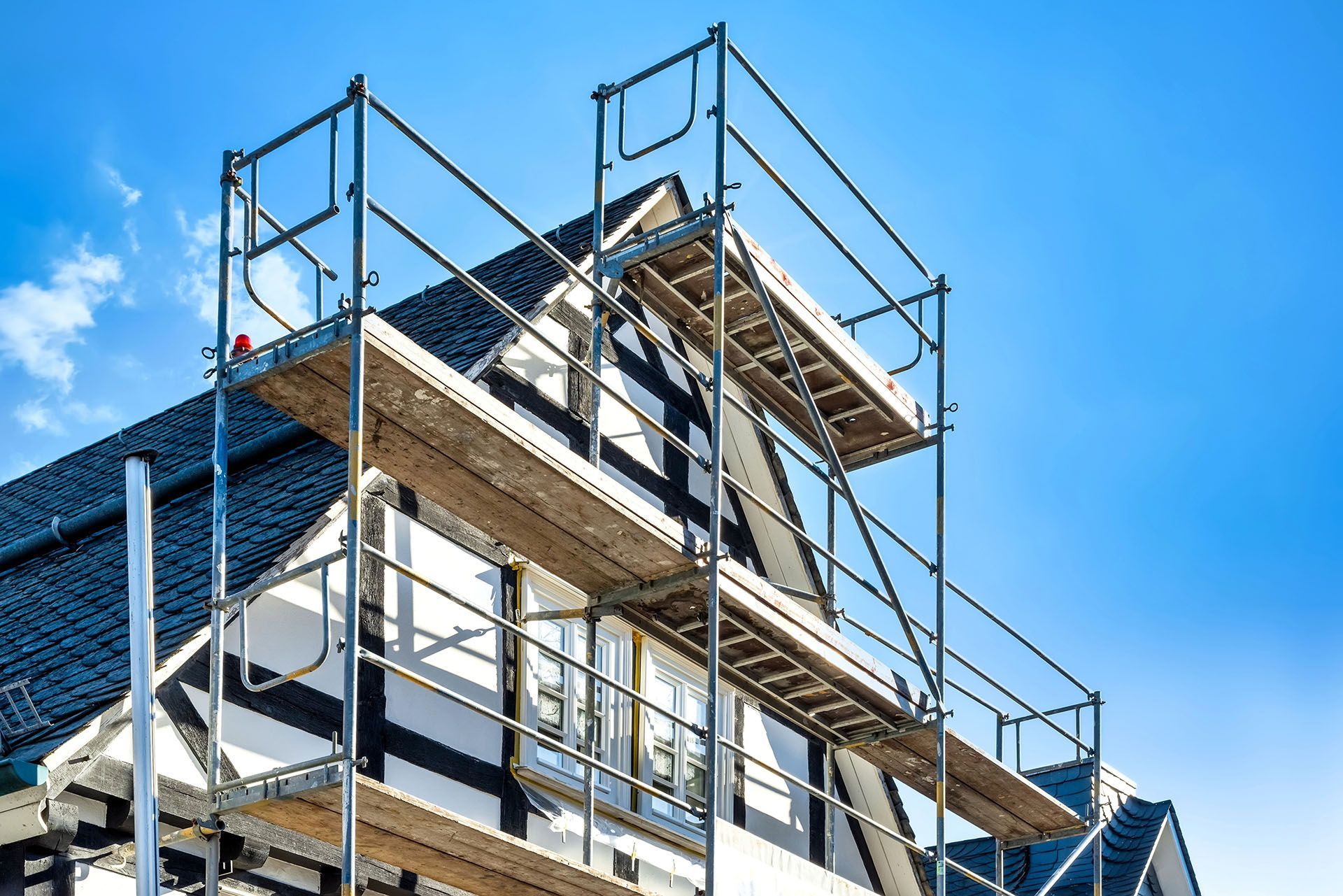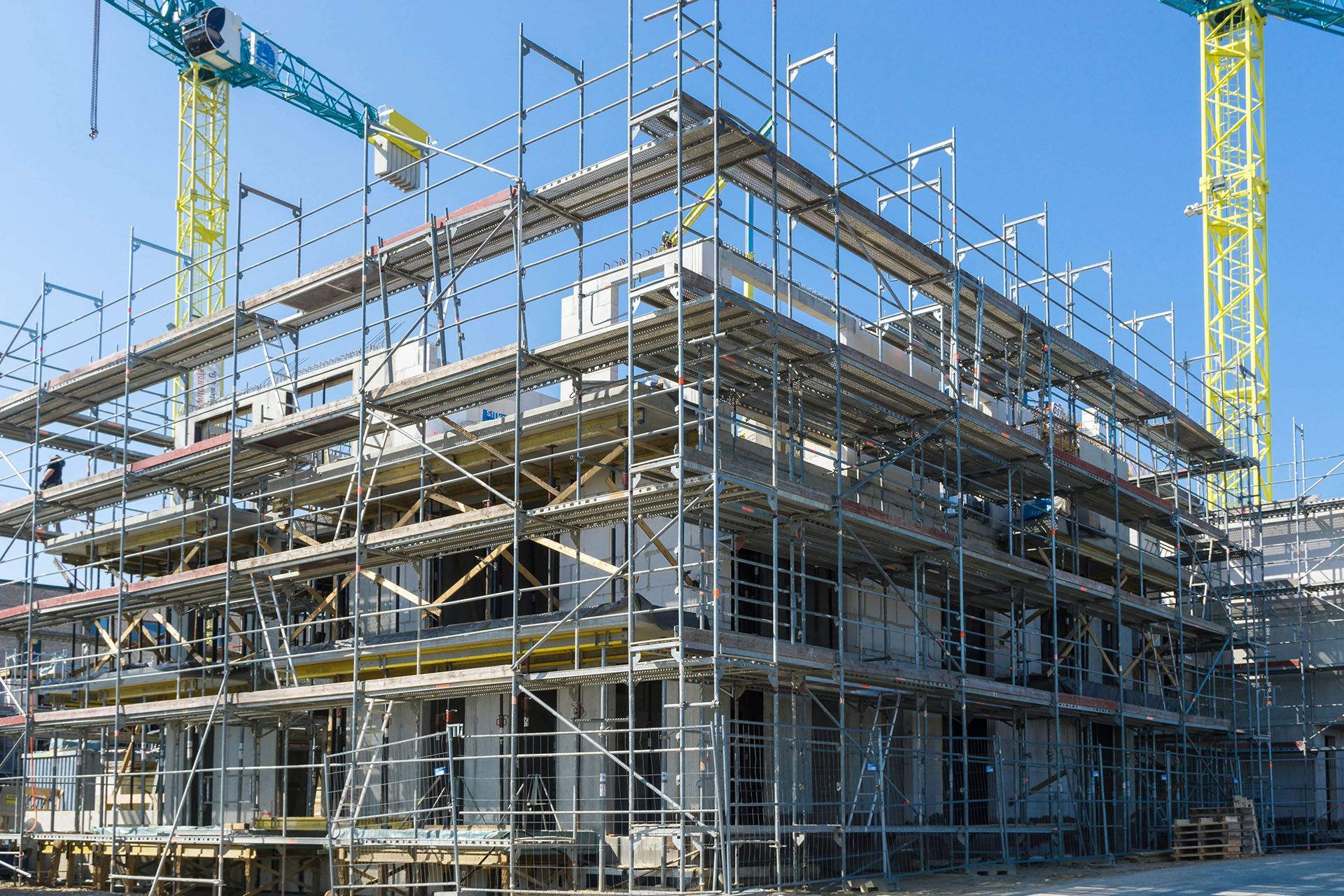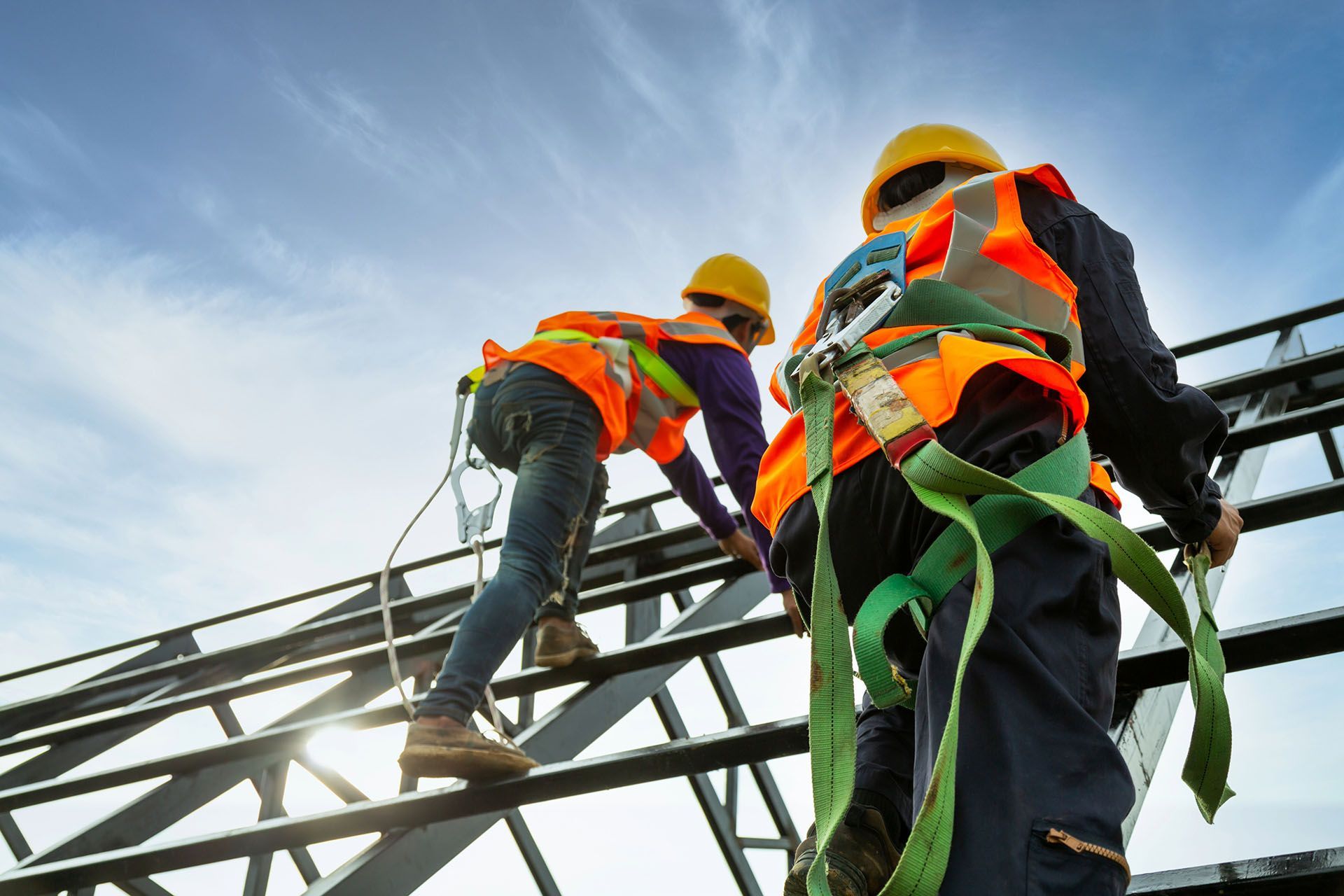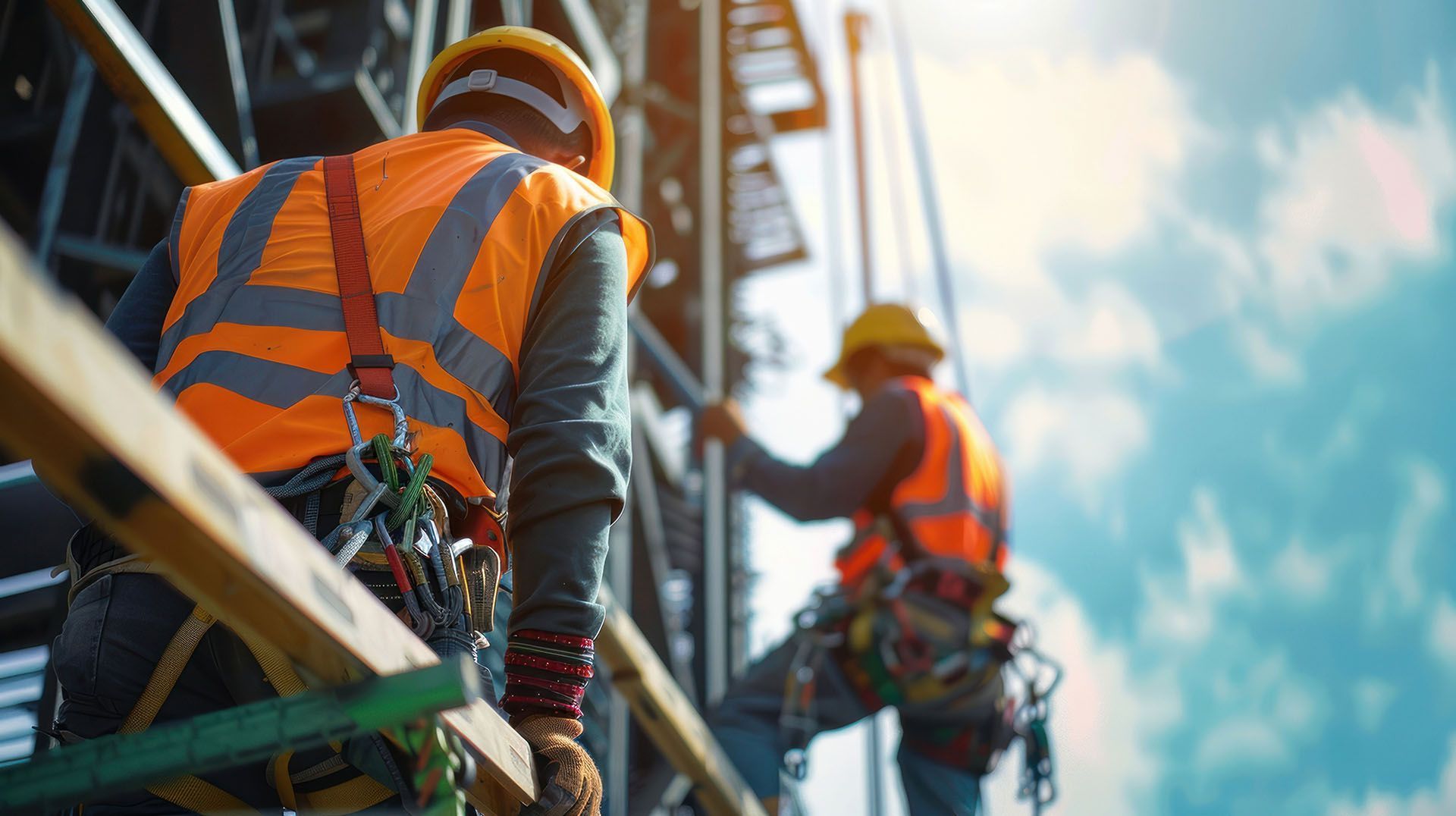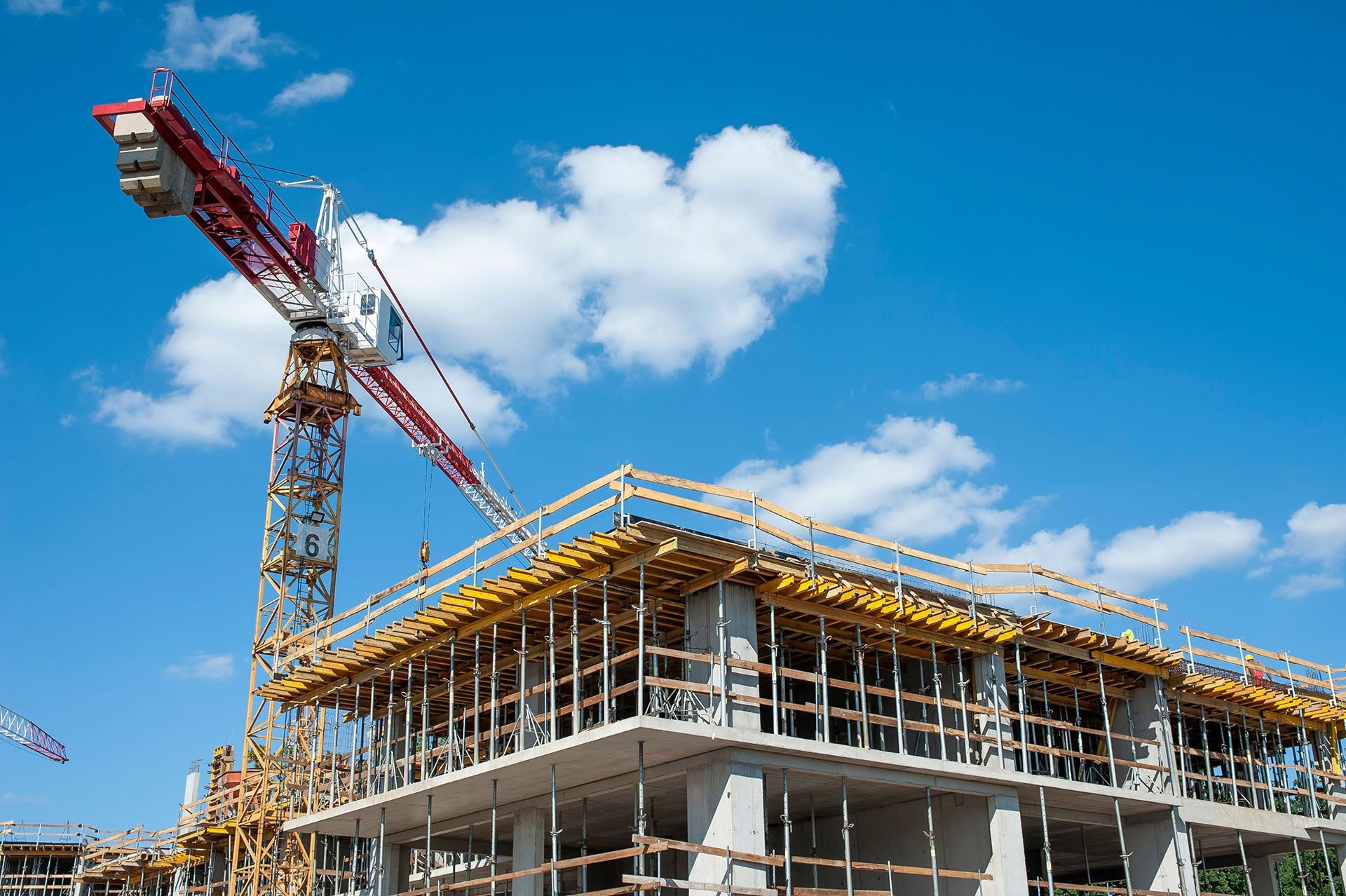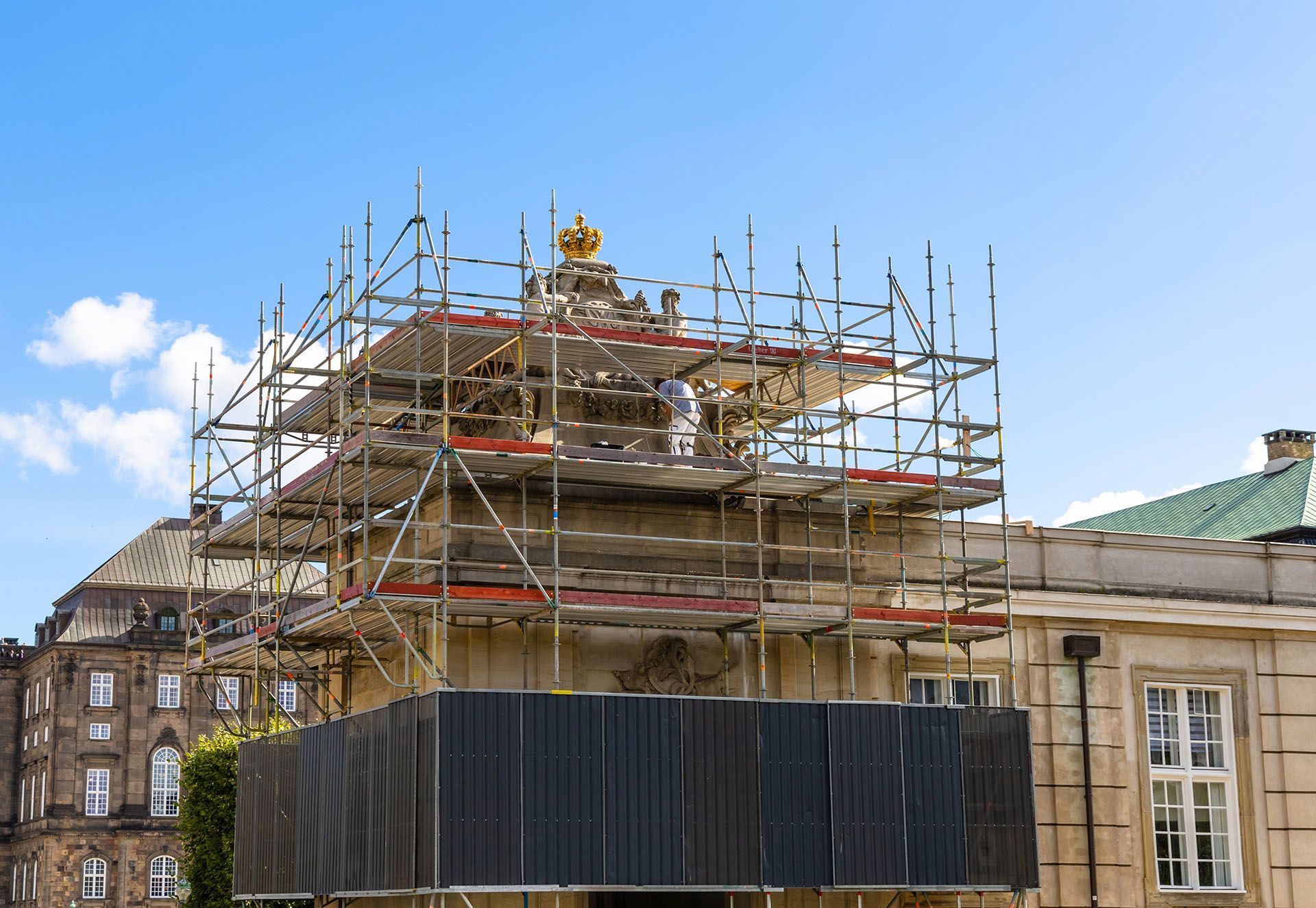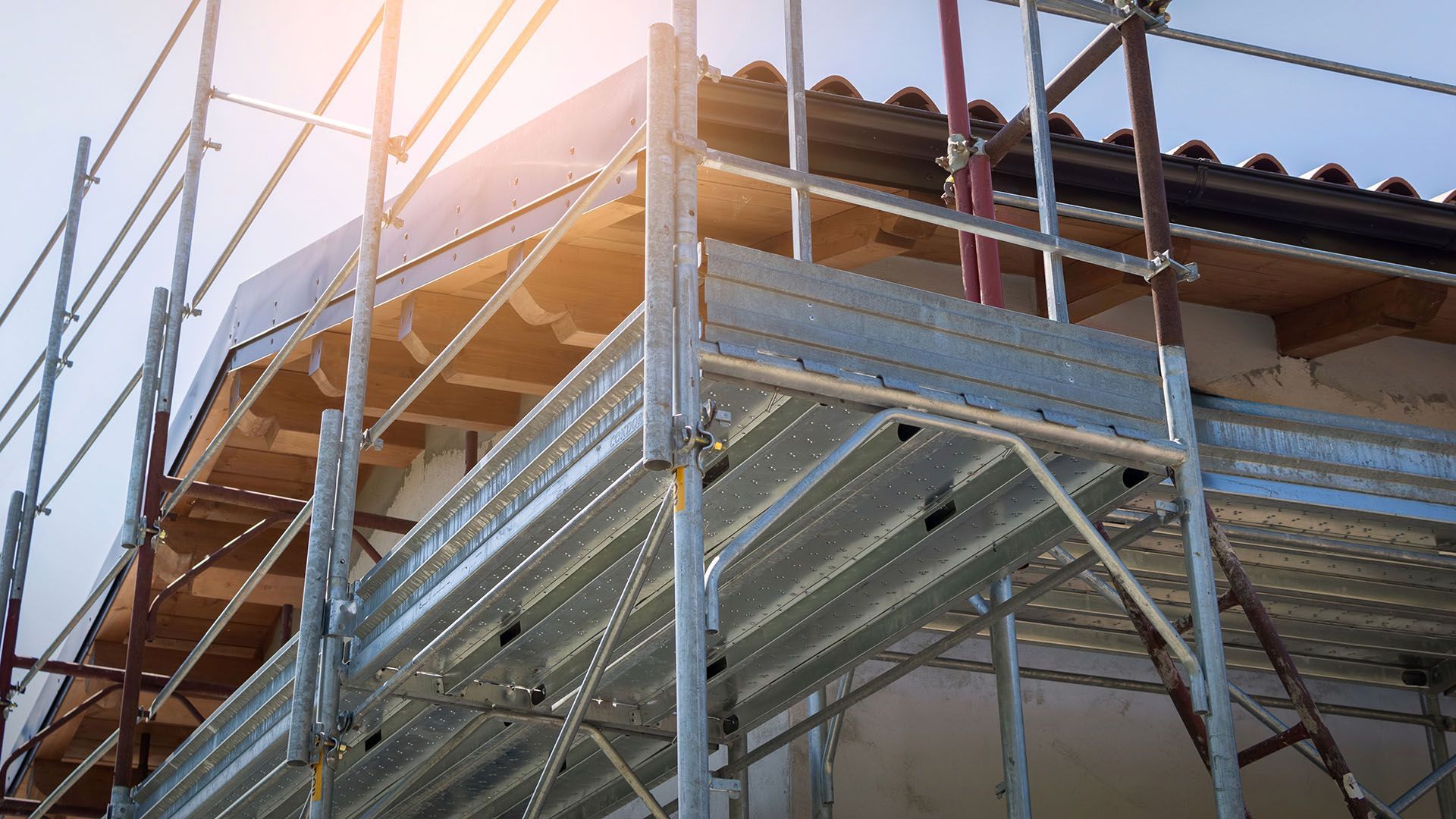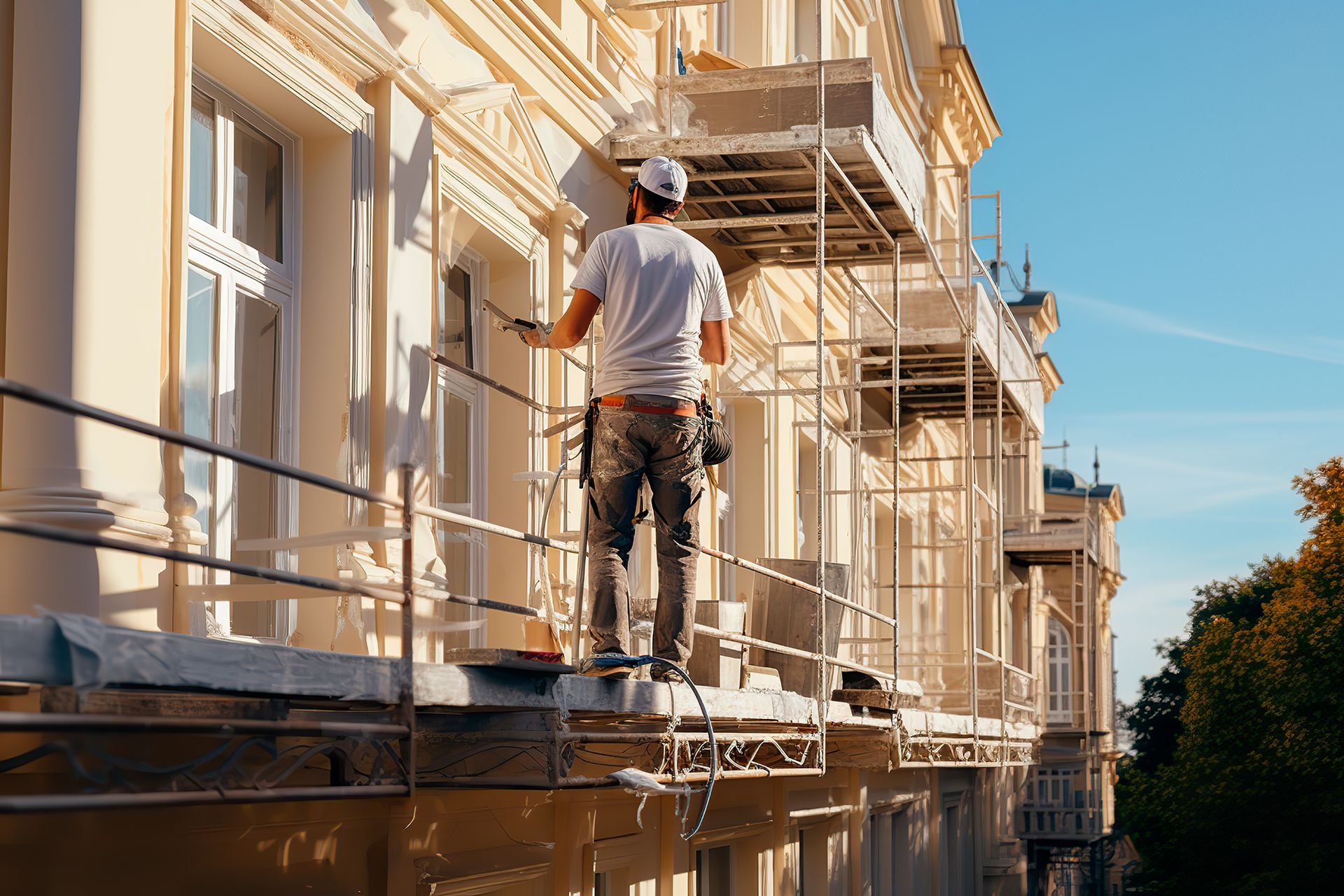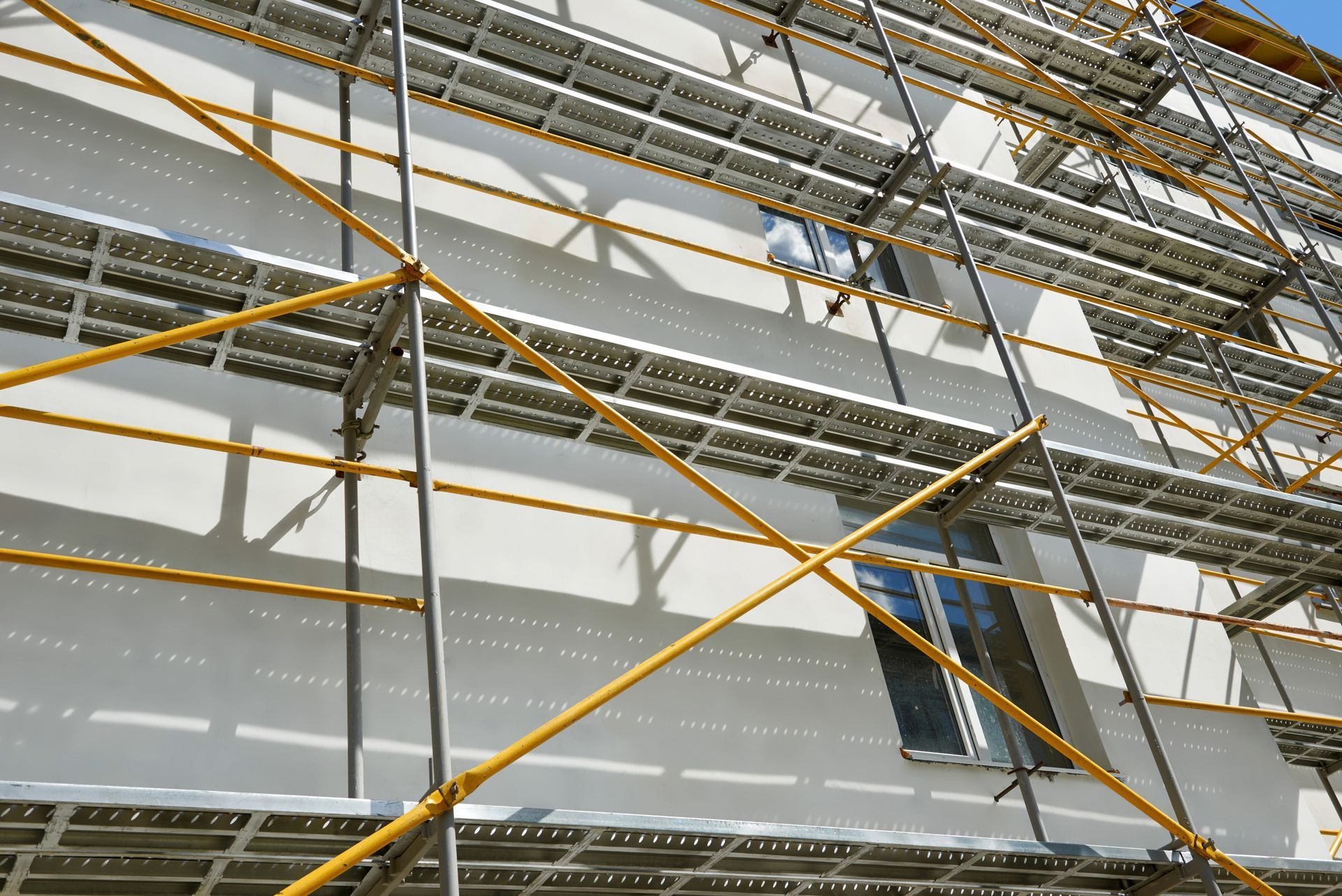Preserving NSW’s Past: Heritage Scaffolding for Historic Buildings
From federation architecture to sandstone churches and century-old town halls and public buildings, New South Wales is rich in architectural history. Maintaining and restoring these heritage-listed structures isn’t a standard job; it requires expertise, careful planning, and specialised scaffolding systems that protect what’s irreplaceable.
Whether you’re a homeowner in the Southern Highlands, a business on the south coast, or a contractor restoring a commercial building in Wollongong, understanding the role of heritage scaffolding is essential for preserving these historic landmarks.
Understanding Heritage Scaffolding in NSW
Heritage scaffolding refers to scaffolding systems specifically designed to provide safe access to historic buildings without compromising their structural or aesthetic integrity. Unlike standard builds, heritage sites may have fragile facades, intricate features, or strict access limitations—all of which influence scaffold design.
NSW Regulations for Heritage Work
In New South Wales, the Heritage Act 1977 and the Heritage Regulation 2012 set out requirements for any work on heritage-listed properties. Key points include:
- Approvals: Major restoration or modification works often require approval from the
Heritage Council of NSW
or local council heritage officers.
- Preventative Maintenance Obligations: Property owners are required to maintain buildings in good repair to prevent degradation.
- Protection Measures: Work must be planned to minimise harm to original materials, which includes the use of non-invasive scaffolding wherever possible.
Early consultation with heritage professionals is strongly recommended.
Types of Scaffolding Suitable for Heritage Projects
The scaffolding system chosen must reflect both the condition of the building and the type of work required. Common scaffold types for heritage projects include:
- Freestanding Scaffolds: Stand-alone structures are ideal when fixing into the building is prohibited.
- Cantilevered Scaffolds: Used when ground access is restricted or when protecting gardens, pathways or delicate architectural elements.
- Birdcage Scaffolds: Internal systems perfect for ornate ceilings, domes, or large indoor halls.
- Tied Scaffolds with Sensitive Fixing Methods: Where tie-ins are allowed, these are installed with minimal contact and protective buffers.
Common Challenges in Heritage Scaffolding
Working on historic buildings brings unique challenges, such as:
- Fragile Surfaces – Old brick, stone and slate can crumble under pressure or drilling.
- Restricted Access – Narrow laneways, surrounding gardens, or high foot traffic may affect scaffold placement.
- Environmental Exposure – Long-term restorations often face seasonal weather risks.
- Conservation Limits – Restrictions may prevent the use of standard anchor points or require the scaffold to be fully reversible.
At Crewscaff, we overcome these challenges with detailed planning, adaptive scaffold design, and safe work practices.
Industries That Rely on Heritage Scaffolding
Heritage properties are owned and maintained across sectors:
- Residential – Homeowners restoring Federation, Victorian or early 20th-century homes.
- Commercial – Businesses operating from historical shopfronts, office buildings or hospitality venues.
- Government & Local Councils – Responsible for preserving public buildings, memorials, churches, schools and civic centres.
Each sector faces unique pressures, but all must balance safety, compliance, budget, and conservation.
Materials and Engineering Considerations
We use high-quality materials and engineering techniques suited to conservation work:
- Aluminium Systems – Lightweight and ideal for fragile roofs and internal works.
- Protective Barriers – Rubber or timber buffers prevent contact damage to facades.
- Customised Platforms – Designed to navigate decorative cornices, parapets and steep-pitched roofs.
Each build is backed by engineered plans and risk assessments tailored to the site.
Collaborating With Heritage Professionals
Heritage scaffolding is rarely a solo effort. Crewscaff works alongside:
- Conservation architects
- Council heritage officers
- Project managers and traditional trades
- Structural engineers and site safety officers
This team-based approach ensures that access systems meet both construction and conservation requirements.
Budget and Timeline Considerations
Effective scaffolding planning saves time and money:
- We offer free site assessments to help prevent cost overruns.
- Scaffold design can enhance trade productivity by allowing multiple trades to access the same area.
- Our early involvement often leads to better sequencing and fewer delays.
Where We Work
Crewscaff is based in Wollongong and services a broad area across NSW, including:
- Southern Highlands (Bowral, Mittagong, Moss Vale)
- Shoalhaven (Nowra, Berry, Ulladulla)
- Shellharbour & Kiama
- Campbelltown & Sutherland Shire
- Select Sydney suburbs and regional centres by request.
Protecting History With Confidence
At Crewscaff, we understand that heritage projects demand more than a standard scaffold setup. With years of experience and a commitment to safety and preservation, we design scaffolding solutions that protect NSW’s architectural legacy while keeping your team safe and productive.
Need expert heritage scaffolding advice?
Contact Crewscaff today on
0452 177 483 for a free quote or consultation on your next heritage maintenance or restoration project.

